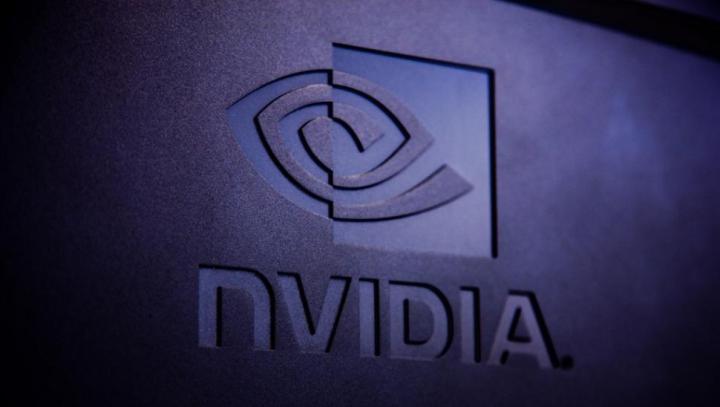
For starters, a screenshot provided by BenchLife shows that the mobile version of the GTX 1070 will have 2,048 CUDA cores, which is 128 more than the desktop version. There are also 64 Render Output Units, 170 Texture Memory Units, a pixel fill rate of 92.4 gigapixels per second, and a texture fill rate of 245.3 gigatexels per second. The chip is backed by 8GB of GDDR5 memory from Samsung, a 256-bit bus width, and a memory bandwidth of 256.3GB per second.
As for other details, the mobile GTX 1070 chip has a base clock speed of 1,443MHz, a boost clock speed of 1,645MHz, and a memory clock speed of 2,002MHz. Nvidia SLI is shown as disabled, and the chip shows it to be compatible with DirectCompute 5.0.
As for the mobile version of the GTX 1060, a screenshot of the GPU-Z app provided by PurePC shows that it has 1,280 CUDA cores, the same amount offered in the desktop version. Also, there are 48 Render Output Units, 106 Texture Memory Units, a pixel fill rate of 67.4 gigapixels per second, and a texture fill rate of 148.9 gigatexels per second.
The unannounced mobile chip will supposedly have 6GB of GDDR5 memory provided by Samsung, with a 192-bit bus width and a bandwidth of 192.2GB per second. The chip’s base clock speed shows to be 1,405MHz, its boost clock speed at 1,671MHz, and its memory clock speed at 2,002MHz. Nvidia SLI is also shown to be disabled for this specific graphics chip.
Basically, the mobile GTX 1060 offers similar specs as the desktop version, but with a lower clock speed. The desktop version, launched on Tuesday, has a base clock speed of 1,506MHz and a boost clock speed of 1,709MHz. As for the mobile GTX 1070 chip, the CUDA count is higher, as previously stated, but the clock speeds are lower, as the desktop version has a base clock of 1,506MHz, and a boost clock of 1,683MHz.
As the two GPU-Z screenshots suggest, Nvidia’s Pascal architecture seemingly allows the company to cram a desktop-grade GPU into a notebook, as the previous rumor suggested. Of the two examples, the GTX 1070 is the most altered component with the added cores and reduced clock speeds, but otherwise the difference isn’t that far off…. if the GPU-Z screenshots are indeed authentic.
In addition to the GPU-Z app, PurePC shows a screenshot of a 3DMark Firestrike benchmark using the mobile GTX 1060 chip. The gaming laptop used in the test also included an Intel Core i7-6700K processor and 16GB of system memory. This laptop obtained a score of 10,295 points in the benchmark, which seems mighty impressive for a notebook with a “mobile” GPU installed.
Editors' Recommendations
- Nvidia just made GeForce Now so much better
- Even Nvidia’s partners don’t believe in the new RTX 4060 Ti
- Intel’s upcoming iGPU might destroy both Nvidia and Apple M2
- Nvidia’s laptop RTX 4080 obliterates its predecessor in a leaked benchmark
- Nvidia RTX 4080 costs too much, recent survey shows



